Health and Wellness Trends
Health and wellness trends significantly influence the bakery products market in Europe, as consumers become more health-conscious. There is a growing demand for products that are low in sugar, gluten-free, and enriched with nutrients. This shift is evident in the increasing availability of whole grain and high-fiber options, which cater to the health-oriented consumer base. Market analysis indicates that the health-focused segment of the bakery products market is projected to grow by 15% over the next five years. As a result, manufacturers are reformulating existing products and developing new lines that align with these health trends, thereby enhancing their market presence.
Rising Demand for Convenience Foods
The bakery products market in Europe experiences a notable shift towards convenience foods, driven by changing consumer lifestyles. Busy schedules and the increasing number of working professionals lead to a preference for ready-to-eat and easy-to-prepare bakery items. This trend is reflected in the growth of pre-packaged baked goods, which are expected to account for approximately 30% of total bakery sales by 2026. The demand for convenience is further fueled by the rise of single-person households, which often seek quick meal solutions. As a result, manufacturers are innovating to create products that cater to this need, enhancing the overall appeal of the bakery products market in Europe.
Technological Advancements in Production
Technological advancements play a pivotal role in shaping the bakery products market in Europe. Innovations in baking technology, such as automated production lines and improved preservation techniques, enhance efficiency and product quality. These advancements enable manufacturers to meet the increasing demand for fresh and high-quality baked goods while reducing production costs. Furthermore, the integration of digital technologies, such as e-commerce platforms and supply chain management systems, allows for better inventory control and customer engagement. As a result, companies that leverage these technologies are likely to gain a competitive edge in the evolving bakery products market.
Sustainability and Eco-Friendly Practices
Sustainability emerges as a critical driver in the bakery products market in Europe, as consumers increasingly prioritize eco-friendly practices. This shift is evident in the growing demand for organic and locally sourced ingredients, which are perceived as healthier and more environmentally responsible. Reports indicate that the organic bakery segment is projected to grow at a CAGR of 8% through 2027. Additionally, brands that adopt sustainable packaging solutions are likely to attract environmentally conscious consumers, further influencing purchasing decisions. The emphasis on sustainability not only enhances brand loyalty but also positions companies favorably within the competitive landscape of the bakery products market.
Innovative Flavor Profiles and Product Diversification
The bakery products market in Europe is characterized by a continuous evolution of flavor profiles and product diversification. Consumers are increasingly adventurous, seeking unique and exotic flavors that go beyond traditional offerings. This trend is reflected in the rise of gourmet and specialty baked goods, which are gaining traction among discerning consumers. Market data suggests that the premium bakery segment is expected to grow by 12% by 2025, driven by innovative product launches. Manufacturers are responding by experimenting with ingredients such as superfoods and international spices, thereby expanding their product lines and appealing to a broader audience within the bakery products market.


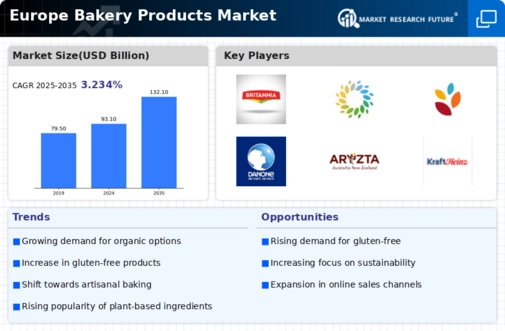
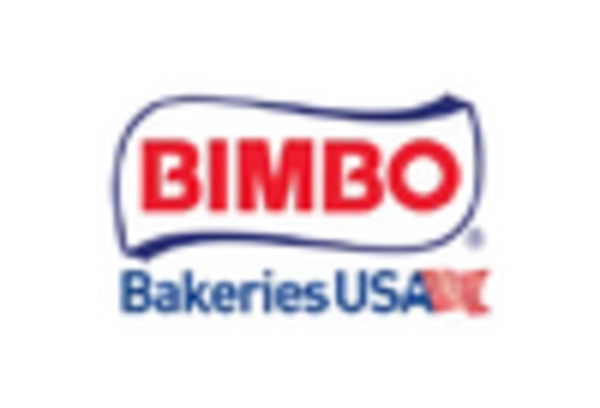
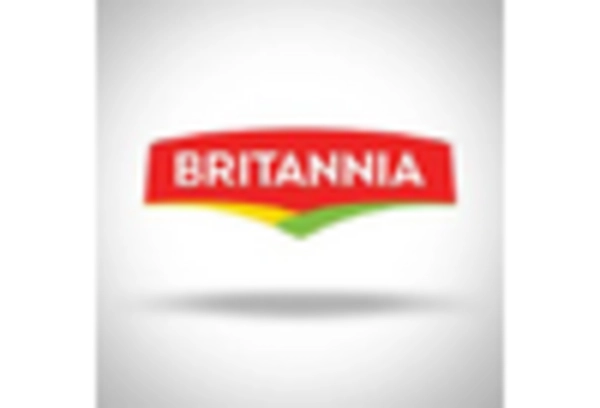


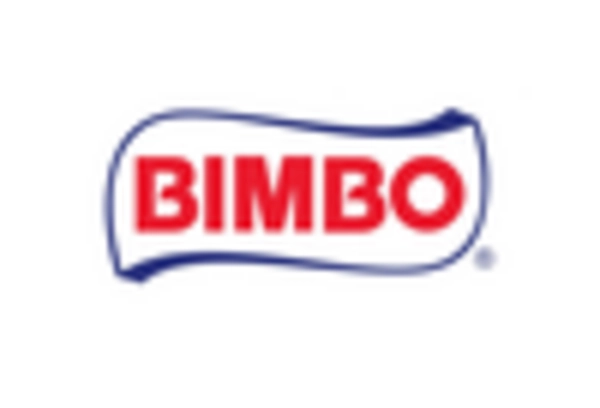
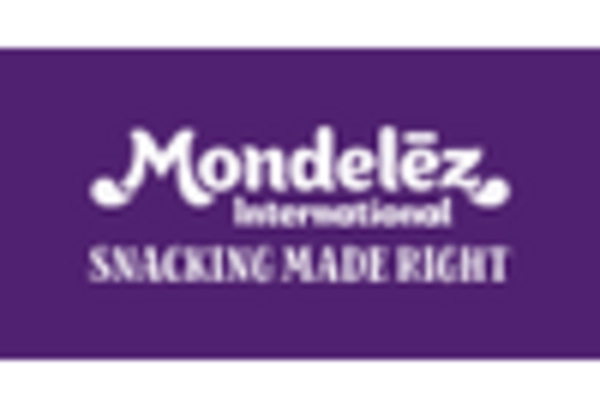








Leave a Comment